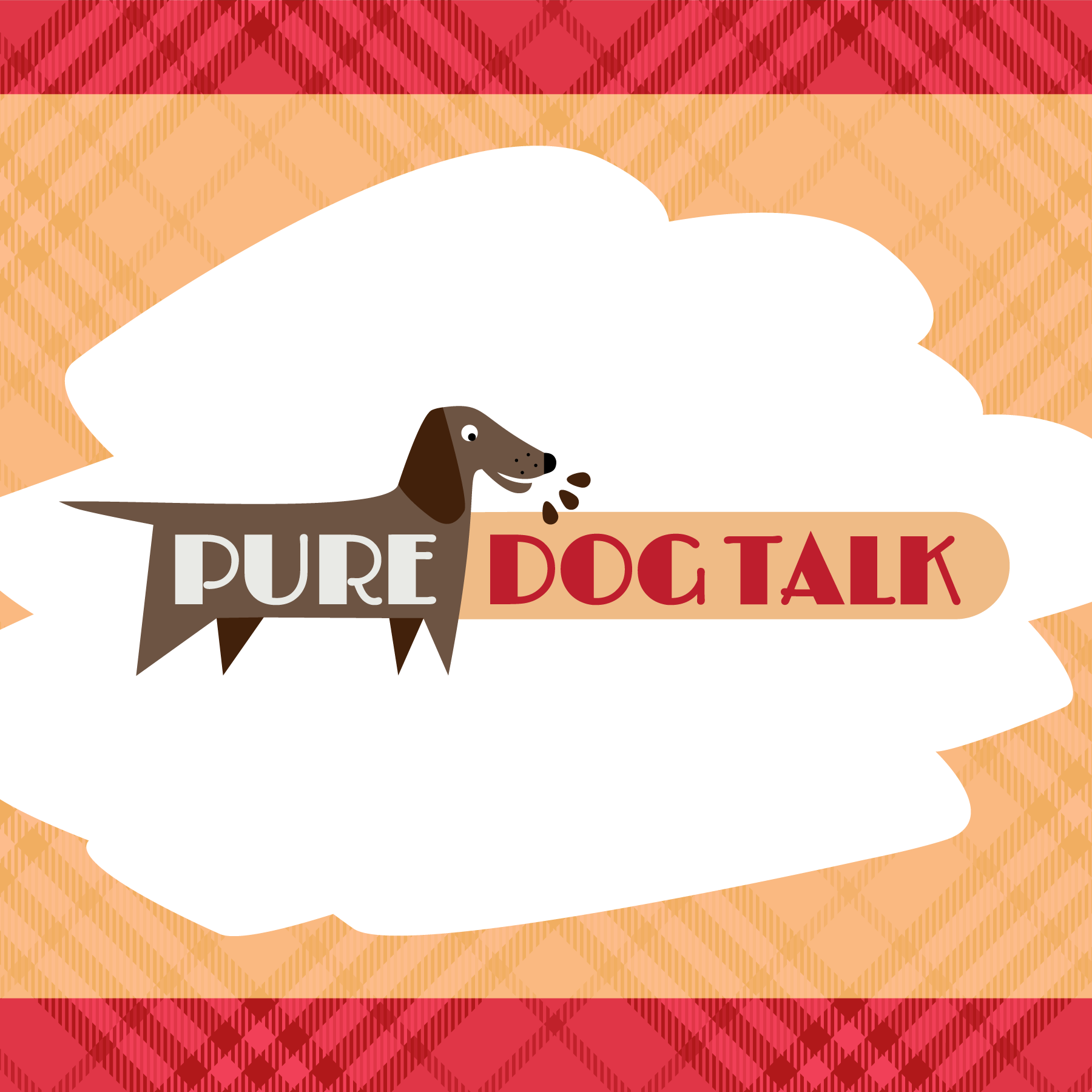Dog Breeding is Art AND Science with DNA Testing
Ryan Boyko, co-founder and CEO of
Embark, shares specific information about what DNA Genetic Testing can and cannot tell us and how it has exploded since the mapping of the canine genome 15 years ago.
“We can test for almost 200 disorders that affect most breeds,” Boyko said. “We can come up with a genetic coefficient of inbreeding, which is exact to the individual dog versus a “pedigree” calculation. We can be predictive now, also, on inbreeding coefficient and traits.”
Art AND Science
“There’s always going to be an art to dog breeding,” Boyko noted. “That’s the magic. We’re never going to take that away. I’m never going to know as much about your individual breed as you do.
“The best breeders have been doing this for decades. And they’ve been producing healthy dogs that are champions. We are driving awareness of how the tools we offer can fit into a breeding program.”
Academia to Application
“I came out of an academic background,” Boyko said. “My brother helped design the original dog array. We use data to discover new things. Can use data from the array combined with phenotype data to discover new genes. Over the next five years I think we’ll be able to learn about more complex traits like cancer.”
Genetic testing helps scientists learn more about the underlying genes for complex disorders affected by multiple genes and environmental impacts, Boyko noted. Genomic risk scores are a tool in development to utilize this information.
“When traits are affected by lots of different genes, this tool allows breeders to learn the probability of this dam/sire to produce a specific disease or trait and compare to other combinations,” Boyko said. The
Doberman Diversity Project episode discussed this in more depth.
Another exciting field of discovery for the future is epigenetics, which are the markers that can turn genes on and off. Learn more
here and
here.



